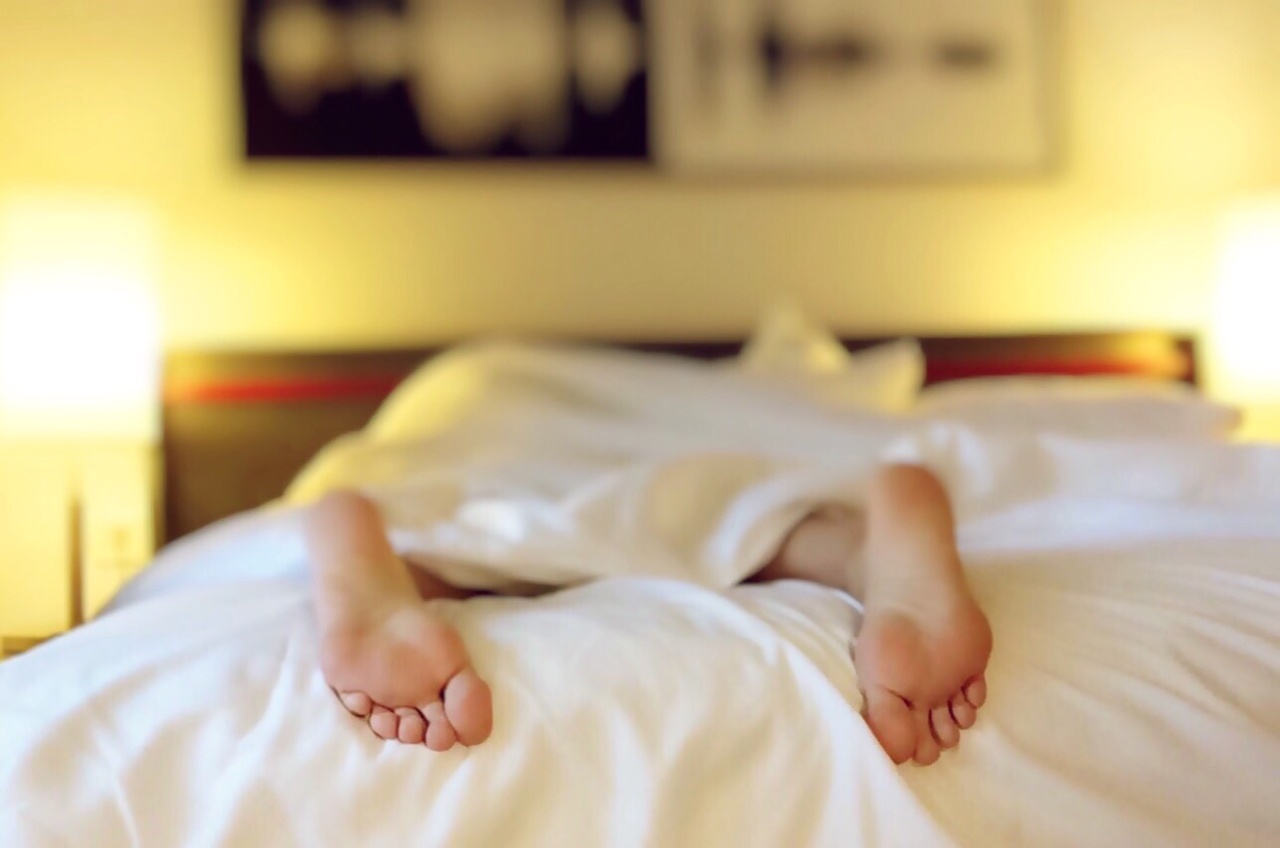Sleep is an essential part of our daily routine, and it plays a vital role in maintaining our physical and mental health. However, sleep patterns can vary significantly between men and women.
From the duration and quality of sleep to the factors that affect it, understanding these differences can provide valuable insights into gender-specific sleep conditions and contribute to better sleep hygiene practices. In this article, we will explore the various aspects of sleep patterns and the disparities observed between women and men.
The Sleep Duration Dilemma
When it comes to sleep duration, studies consistently show that women tend to sleep longer than men. On average, women require around 20 minutes more sleep per night compared to men.
This disparity in sleep duration can be attributed to several factors, including physiological and hormonal differences.
One prominent factor that affects the sleep duration in women is the menstrual cycle. During the premenstrual and menstrual phases, women often experience disrupted sleep patterns, including difficulties falling asleep and a decrease in sleep quality.
Hormonal changes, especially the fluctuations in estrogen and progesterone levels, can contribute to these sleep disturbances.
Quality Over Quantity
While women may outdo men in sleep duration, studies suggest that men tend to have better sleep quality.
The quality of sleep is determined by the amount of time spent in restorative deep sleep and REM (Rapid Eye Movement) sleep, which is when most dreaming occurs. Men tend to spend a greater proportion of their sleep time in deep sleep stages, whereas women are more likely to have lighter sleep and wake up more frequently during the night, limiting their deep sleep and REM sleep cycles.
One explanation for this difference in sleep quality lies in the physiological makeup. Men generally have larger and stronger airways, making them less prone to experiencing breathing problems during sleep, such as sleep apnea.
Sleep apnea, characterized by recurring pauses in breathing during sleep, often leads to fragmented sleep and a decrease in sleep quality.
The Circadian Rhythm Connection
The circadian rhythm plays a crucial role in regulating our sleep-wake cycle. It is controlled by an internal biological clock that aligns our sleep and wake times with the natural light-dark cycles of the day.
Research suggests that women tend to have slightly shorter circadian rhythms compared to men, making them more inclined towards morningness or being “early birds.” On the other hand, men are more likely to lean towards eveningness or being “night owls.”.
This difference in circadian preference affects sleep patterns, as women may find it easier to wake up early in the morning but tire earlier at night.
Men, on the contrary, may struggle with early mornings but find it easier to stay awake and active during the evening hours. It is important to note that these are general tendencies, and individual variations exist.
The Role of Hormones
Hormonal fluctuations throughout a woman’s life can significantly impact sleep patterns.
One of the most notable stages is pregnancy—expectant mothers often experience changes in their sleep architecture due to hormonal shifts, physical discomfort, and the need to empty their bladder more frequently. Sleep disorders such as restless leg syndrome and insomnia are also commonly reported during pregnancy.
Another critical phase for women is menopause. During this transition, women may face a range of sleep disturbances, including hot flashes, night sweats, and increased susceptibility to insomnia.
Estrogen, which declines during menopause, plays a vital role in promoting deep sleep and regulating body temperature, which may contribute to these sleep disruptions.
The Impact of Stress and Mental Health
Stress, anxiety, and depression can significantly impact our sleep patterns, regardless of gender. However, studies suggest that women are more prone to experiencing stress-related sleep disorders than men.
This may be linked to various factors, including hormonal differences, societal expectations, and the higher prevalence of mental health conditions among women.
In addition to stress, women are more likely to experience insomnia, which encompasses difficulties falling asleep, staying asleep, or early morning awakenings.
Factors such as hormonal fluctuations, pregnancy-related discomfort, and the presence of mood disorders can contribute to the higher prevalence of insomnia in women.
Sleep Disorders: The Gender Divide
Several sleep disorders affect both genders, but their prevalence and manifestation often vary between men and women. Sleep apnea, a condition characterized by interrupted breathing during sleep, is more commonly diagnosed in men.
However, women with sleep apnea often go undiagnosed due to atypical symptoms, such as daytime fatigue and insomnia, as opposed to the classic symptoms of loud snoring and gasping for air.
On the other hand, women are more susceptible to certain sleep disorders such as restless leg syndrome (RLS) and insomnia.
RLS is characterized by unpleasant sensations in the legs, usually accompanied by an irresistible urge to move to relieve the discomfort. The symptoms tend to worsen during the evening or at night, leading to difficulties falling asleep. Insomnia, as mentioned earlier, is also more prevalent in women.
Tips for Better Sleep
Regardless of gender, practicing good sleep hygiene can improve sleep quality and overall well-being. Here are some tips to promote healthy sleep patterns:.
- Stick to a consistent sleep schedule, going to bed and waking up at the same time every day.
- Create a sleep-friendly environment, ensuring your bedroom is cool, dark, and quiet.
- Avoid electronic devices, caffeine, and stimulating activities close to bedtime.
- Engage in relaxation techniques, such as deep breathing exercises or meditation, before bed.
- Exercise regularly, but avoid vigorous workouts close to bedtime.
- Limit daytime napping to ensure you are tired at bedtime.
- Establish a soothing bedtime routine to signal your body that it’s time to sleep.
- Manage stress through healthy coping mechanisms, such as therapy or stress reduction techniques.
- Avoid heavy meals and excessive fluid intake before bed to minimize discomfort and nocturnal awakenings.
- Consider seeking medical help if sleep problems persist or significantly affect your quality of life.
Conclusion
In conclusion, sleep patterns can differ significantly between men and women. While women tend to sleep longer, men often enjoy better sleep quality.
Hormonal fluctuations, physiological differences, and societal factors contribute to these variations in sleep duration and quality. Understanding these differences is crucial for promoting better sleep hygiene and addressing gender-specific sleep disorders.
By prioritizing sleep and adopting healthy sleep habits, both women and men can enhance their well-being and lead more productive lives.






























